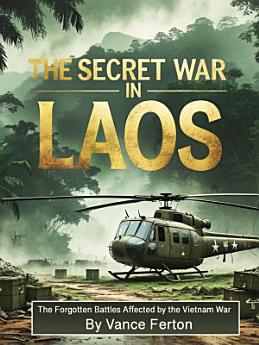The Secret War in Laos: The Forgotten Battles Affected by the Vietnam War
About this ebook
The origins of this clandestine conflict can be traced back to the complex geopolitical landscape that emerged following World War II. As European colonial powers retreated from Southeast Asia, newly independent nations found themselves caught between competing ideologies and superpowers. Laos, a landlocked kingdom nestled between Thailand, Vietnam, Cambodia, China, and Burma, became a crucial battleground in this larger struggle between communist and capitalist forces.
The Geneva Accords of 1954, which ended French colonial rule in Indochina, had specifically declared Laos a neutral nation. This neutrality, however, proved to be more theoretical than practical. The Ho Chi Minh Trail, North Vietnam's vital supply route to communist forces in South Vietnam, snaked through eastern Laos, making the country strategically essential to the broader Vietnam conflict. The communist Pathet Lao, backed by North Vietnam and the Soviet Union, controlled significant portions of the country's territory, while the Royal Lao Government struggled to maintain authority over its own domain.








